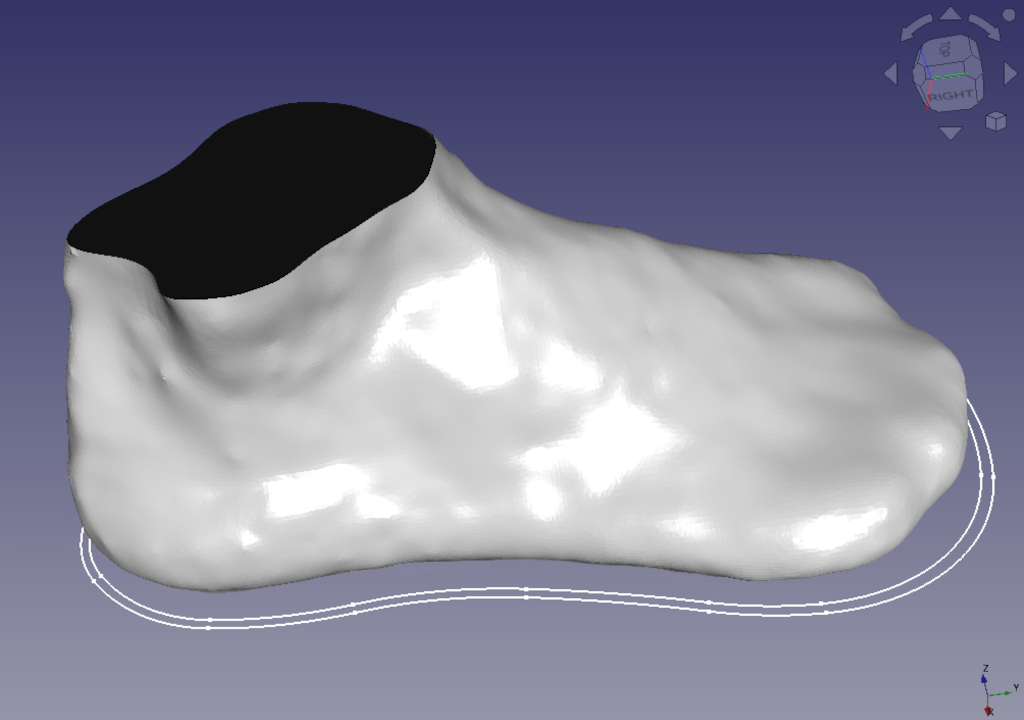3DPrinting
3DPrinting is a place where makers of all skill levels and walks of life can learn about and discuss 3D printing and development of 3D printed parts and devices.
The r/functionalprint community is now located at: or [email protected]
There are CAD communities available at: [email protected] or [email protected]
Rules
-
No bigotry - including racism, sexism, ableism, homophobia, transphobia, or xenophobia. Code of Conduct.
-
Be respectful, especially when disagreeing. Everyone should feel welcome here.
-
No porn (NSFW prints are acceptable but must be marked NSFW)
-
No Ads / Spamming / Guerrilla Marketing
-
Do not create links to reddit
-
If you see an issue please flag it
-
No guns
-
No injury gore posts
If you need an easy way to host pictures, https://catbox.moe may be an option. Be ethical about what you post and donate if you are able or use this a lot. It is just an individual hosting content, not a company. The image embedding syntax for Lemmy is 
Moderation policy: Light, mostly invisible
view the rest of the comments

For pool shoes, that's concerning 🙂
I don't think he printed it wet. We have a filament dryer and we put all our filaments in there regardless of what they are. I'm pretty sure he must have waited at least overnight before printing. He's pretty thorough. But I'll ask him.
I didn't know TPU was that sensitive to humidify. That's good to know. Thanks!
I do know it shrinks like crazy and it's not good at staying put on any of the bed sheets we have though, so I know it won't be a walk in the park - especially with prints that size.
Just to confirm. Hygroscopic does not mean the material is unsuitable for wet conditions as a finished product.
Your comment suggested that was your assumption.
The issue is that FDM (and all plastic 3d printing) depends on the molecular bods reforming as plastic is melted and reshaped. Almost all physical materials absorb moisture from the air. But some more than others. Highly hygroscopic materials when melted below glass transition temps. The moisture within the molecular bonds dramatically affects the materials' ability to rejoin and reform those strong bonds. This results in some very odd effects on the final product, making effective production impossible.
The general rule is heat (30 to 90c depending on material) and time is needed to remove the absorbed water before printing. As for how long. Well for every 5c below the perfect temp for your material, the time doubles. This time starts at 4 to 12 hours depending on the material. (data is online) So yeah the time can become days if not using the perfect temp.
I am currently struggling with this myself with ASA. As its my first time trying it. (im new to all this).
Great info, that!
We always keep the dryer at 45C (not sure why, we just do...) I just looked it up and it looks like 65C for 8 hours is a minimum for TPU. So unless my colleague left the spool of TPU in it over the weekend - which I doubt - it would not have been enough. Unless he took the spool right out of the vacuum-sealed bag with the silicagel packet in it. I don't know. I'll ask him.
Just to add what others have said, the temp you dry at is as important if not more important than time and different for each type of plastic. If you don’t have it hot enough (typically near the glass transition temperature of the plastic) then the moisture is not able to escape the plastic.
Cool project as well, I have wanted to do the same!